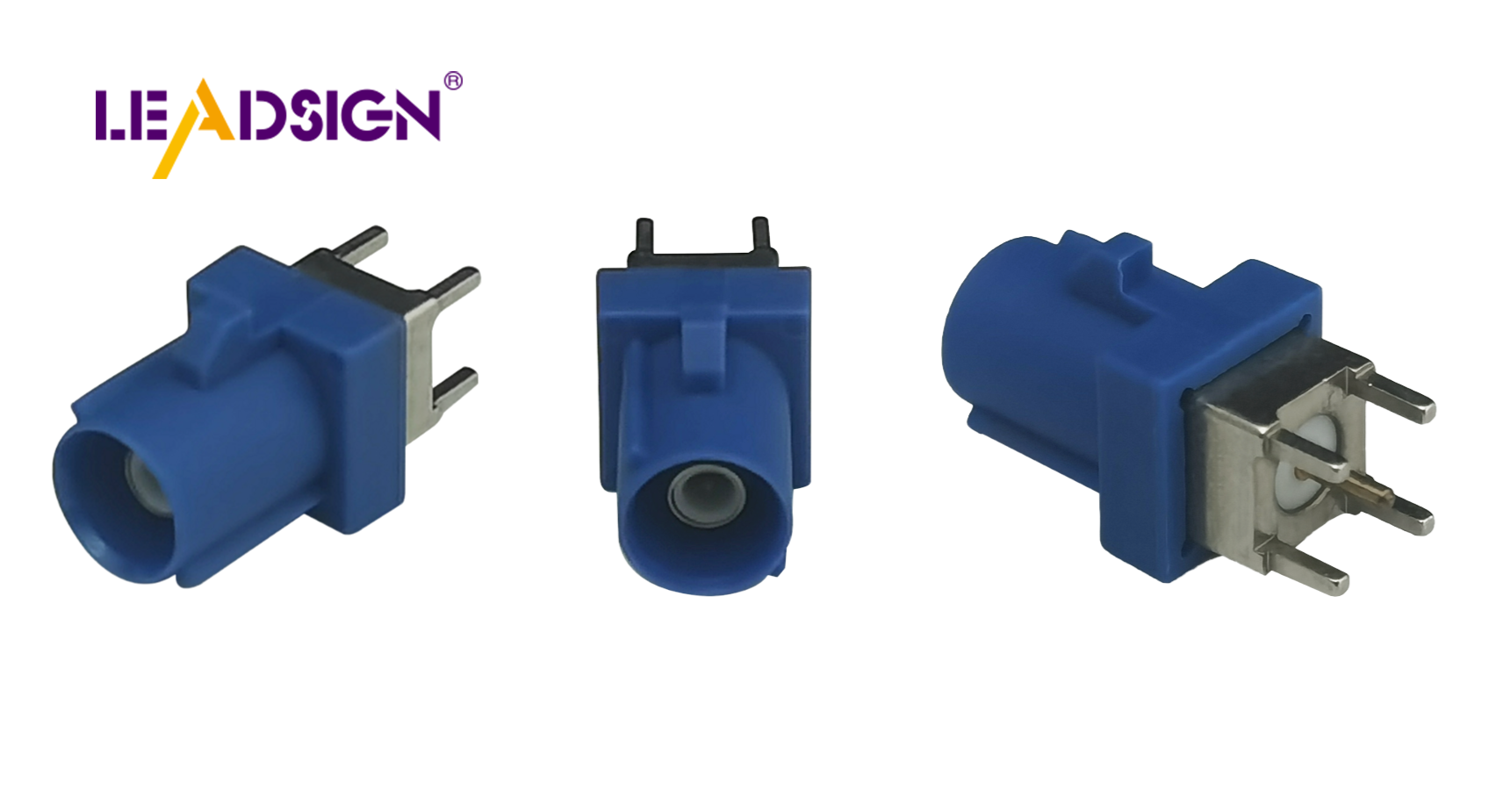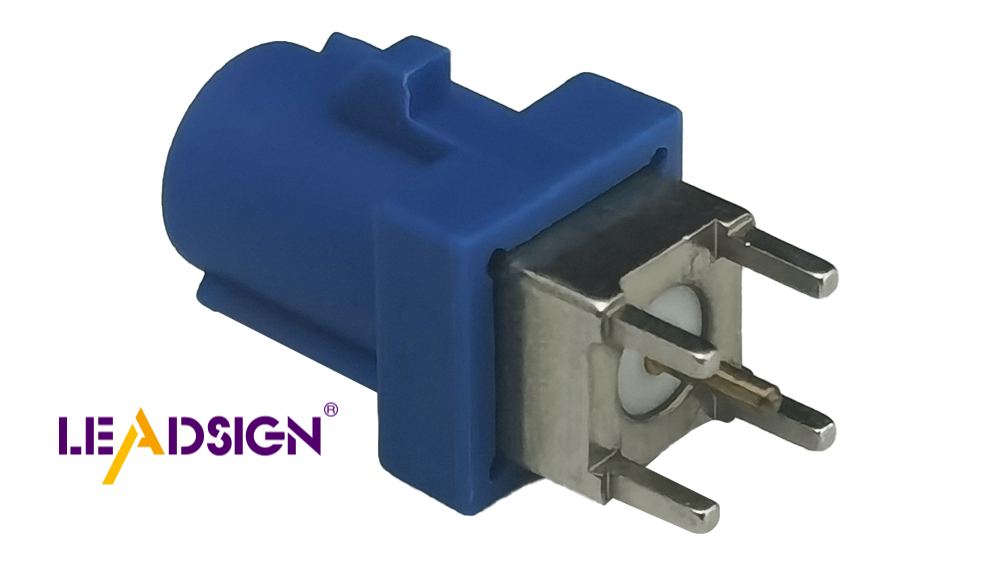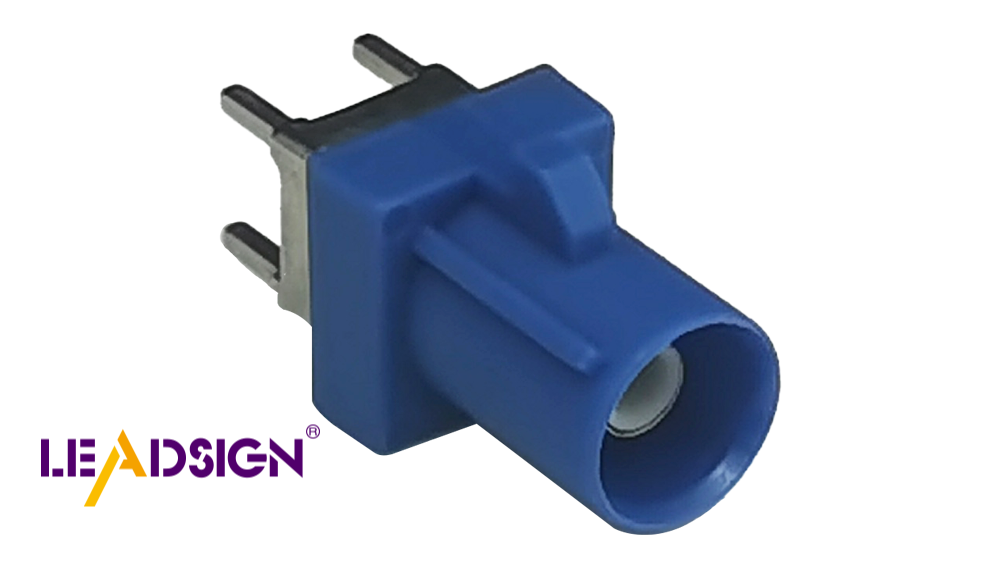How to Identify Automotive Electrical Connectors Types

Understanding automotive electrical connectors types is crucial for maintaining your vehicle's electrical system. These small components ensure smooth operation, yet identifying them can be challenging. You might face difficulties due to the variety of connectors used by different manufacturers. Recognizing the right type requires attention to detail and sometimes expert guidance. By familiarizing yourself with these connectors, you enhance your ability to troubleshoot and maintain your vehicle effectively.
Basics of Automotive Electrical Connectors
Definition and Purpose
What are automotive electrical connectors?
Automotive electrical connectors are small yet essential components in your vehicle's electrical system. They serve as the junction points where electrical circuits connect, allowing for the seamless transmission of power and signals throughout the vehicle. These connectors ensure that various electrical components, such as lights, sensors, and control units, communicate effectively.
Why are they important in vehicles?
You rely on automotive electrical connectors to maintain the integrity and functionality of your vehicle's electrical system. Without these connectors, the electrical components would fail to communicate, leading to malfunctions and potential safety hazards. Properly functioning connectors ensure that your vehicle operates smoothly, enhancing both performance and safety.
Common Features
Materials used in connectors
Manufacturers use robust materials to construct automotive electrical connectors, ensuring they withstand harsh conditions. OEM Automotive Wire Connectors, for instance, often feature materials like nylon, polypropylene, and thermoplastic elastomers. These materials provide excellent mechanical strength, chemical resistance, and thermal stability. Such properties make them reliable in various working environments, minimizing the risk of corrosion or mechanical failures.
Standard design elements
Automotive connectors share several standard design elements that enhance their functionality. You will find that many connectors incorporate primary and secondary locking systems, which ensure secure connections and prevent accidental disconnections. Additionally, connectors often feature multiple housings, allowing for space savings and quick plug-in operations. These design elements contribute to the reliability and durability of the connectors, making them indispensable in automotive applications.
Understanding Automotive Electrical Connectors Types

Understanding the different types of automotive electrical connectors is essential for anyone working with vehicle electronics. These connectors come in various forms, each serving a specific purpose. By learning about their classifications, you can better identify and use them effectively.
Classification by Function
Power connectors
Power connectors play a crucial role in your vehicle's electrical system. They transmit electrical power from the battery to various components, such as the starter motor and alternator. You will often find these connectors in high-current applications, where they ensure a stable power supply. Using high-quality power connectors is vital, as they prevent electrical failures and potential damage to your vehicle.
Signal connectors
Signal connectors are responsible for transmitting data between different electronic components in your vehicle. These connectors carry low-voltage signals, enabling communication between sensors, control units, and other devices. Properly functioning signal connectors ensure that your vehicle's systems operate smoothly and efficiently. You should always choose connectors that match the original equipment manufacturer (OEM) specifications to maintain compatibility and performance.
Classification by Design
Male and female connectors
Male and female connectors are common in automotive applications. The male connector, often referred to as the plug, features pins that fit into the female connector, or socket. This design ensures a secure connection, minimizing the risk of disconnection due to vibrations or movement. When identifying these connectors, pay attention to the number of pins and their arrangement, as this can vary between different automotive electrical connectors types.
Multi-pin connectors
Multi-pin connectors are used when multiple connections are needed within a single housing. These connectors are ideal for complex systems, such as engine management or infotainment systems, where numerous signals must be transmitted simultaneously. You should carefully inspect the pin configuration and ensure that the connector matches the required specifications for your application.
Classification by Application
Engine connectors
Engine connectors are specifically designed for use in the engine compartment. These connectors must withstand high temperatures, vibrations, and exposure to fluids. You will find them connecting components like sensors, ignition systems, and fuel injectors. Choosing connectors made from durable materials ensures long-lasting performance and reduces the risk of electrical issues.
Lighting connectors
Lighting connectors are used to connect your vehicle's lighting systems, including headlights, taillights, and interior lights. These connectors must provide a reliable connection to ensure proper illumination and safety. When selecting lighting connectors, consider factors such as weather resistance and ease of installation. High-quality connectors help maintain the integrity of your vehicle's lighting system and enhance visibility on the road.
By understanding these classifications, you can confidently identify and select the appropriate automotive electrical connectors types for your needs. This knowledge not only improves your ability to troubleshoot and repair your vehicle but also ensures its long-term reliability and safety.
Techniques to Identify Different Connector Types

Identifying automotive electrical connectors types can seem daunting, but with the right techniques, you can master this skill. By using visual inspection and leveraging tools and resources, you can accurately determine the type of connector types you need for your vehicle.
Visual Inspection Techniques
Visual inspection is one of the most straightforward methods to identify connector types. This approach requires a keen eye for detail and familiarity with common connector features.
Identifying by Shape and Size
Start by examining the shape and size of the connector. Each automotive electrical connector has a unique form factor that helps in its identification. Look for distinguishing features such as the number of pins or slots. Count these carefully, as each slot represents a potential pin position, even if it appears empty. This detail is crucial when matching connectors for replacement or repair.
Recognizing Color Codes
Color coding is another helpful visual cue. Many connectors use specific colors to indicate their function or compatibility. Familiarize yourself with these color codes, as they can quickly guide you to the correct connector type. For instance, some connectors might use a particular color to denote power connections, while others might indicate signal pathways.
Using Tools and Resources
Beyond visual inspection, utilizing tools and resources can significantly enhance your ability to identify connectors accurately.
Connector Identification Tools
Several tools are available to assist in identifying automotive electrical connectors types. These tools often include features like pin counting aids and shape matching guides. They can simplify the process, especially when dealing with complex connectors or those with multiple pins. Investing in a reliable connector identification tool can save time and reduce errors.
Reference Guides and Manuals
Reference guides and manuals are invaluable resources. They provide detailed information about various connector types, including diagrams and specifications. If you have access to your vehicle’s wiring diagram, use it to match your current connector with the corresponding image and description. This method ensures you select the correct connector for your needs.
By combining visual inspection with the use of tools and resources, you can confidently identify and select the appropriate automotive electrical connectors types. This knowledge not only aids in effective vehicle maintenance but also ensures safety and reliability in your vehicle's electrical system.
In this blog, you learned how to identify automotive electrical connectors types by examining their function, design, and application. Practicing these identification skills will enhance your ability to maintain and troubleshoot your vehicle's electrical system. Remember, proper identification is crucial for ensuring safety and reliability. If you ever feel uncertain, consider reaching out to professionals like Connector Experts. They can provide guidance and help you find the exact connector you need. By mastering these skills, you contribute to the longevity and performance of your vehicle.
See Also
Exploring HSD Connectors in Automotive Sector
Navigating Ford Fakra Connections
Significance of Fakra Connectors in Contemporary Cars

